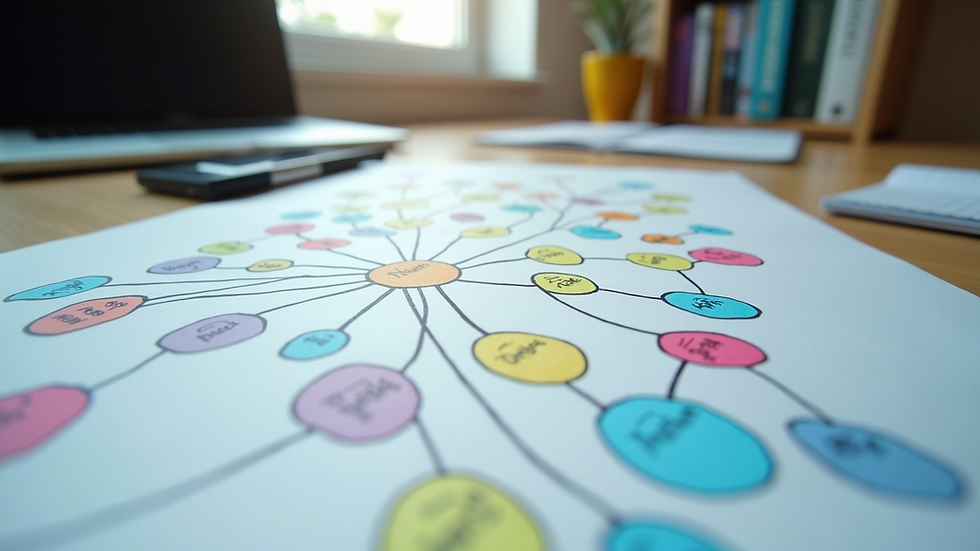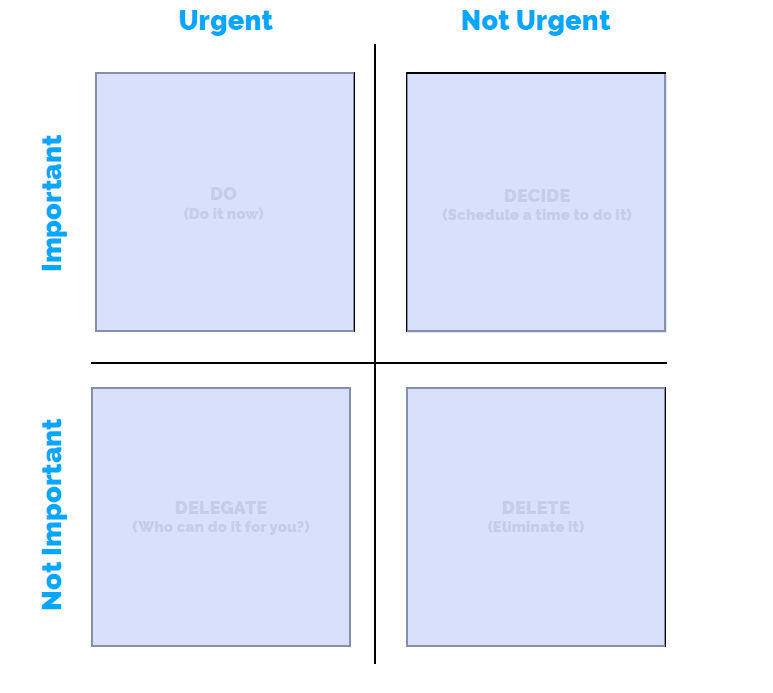Unlock Better Days Through ADHD Education
- Braden Young
- Aug 14
- 5 min read
I still remember the first time I stumbled across an ADHD strategy that actually worked for me. It wasn’t in a textbook, a conference, or a therapist’s office, it was from another ADHDer in an online forum who said, “Try setting a timer for 25 minutes and only do one thing.”
It sounded too simple to work, but I tried it (albeit using a 30 minute timer instead). And for the first time in weeks, I actually finished something without wandering off to categorize my entire digital photo collection or deep-dive YouTube for three hours.
That’s when it clicked: The problem wasn’t that I didn’t care enough or try hard enough. It’s that I’d been using tools designed for brains that don’t work like mine. Once I started learning how my brain actually operated (and what to do with that information) everything changed.
That’s what ADHD education does: it hands us the map for the maze we’ve been running our whole life. And once we’ve got the map, we can finally stop running in circles.

Understanding ADHD Learning Techniques: What Works and Why
ADHD learning techniques are all about flipping the script. Instead of wrestling our brain into the “productivity mold” designed for neurotypical people, we start asking: How does my brain want to work?
For many of us, it means giving up the idea that we could sit down for three hours and “just focus” on boring tasks that weren't particularly engaging like some kind of robot. My brain doesn’t work that way and neither does yours. But when we break a task into little bite-sized chunks, it’s like tricking our brain into saying, “Oh, this doesn’t look so bad. Let’s do it.”
Some of my go-to examples:
Timers & sprints – 20–30 minutes of focus feels possible. A whole afternoon? Forget it.
Movement breaks – Standing, stretching, walking. It’s like hitting a reset button on our attention span.
Visual cues – Color-coded notes, mind maps, or sticky notes that look like a kindergarten art project. It works.
And don’t even get me started on hyperfocus. It can be a massive game changer. We just have to learn to aim it at the right thing instead of suddenly deciding today is the day we need to learn how to make artisan bread from scratch.
Practical ADHD Learning Techniques to Try Today
Here’s the part where we get into the “what to actually do” piece—because reading about ADHD is great, but trying stuff is what makes the magic happen.
Pomodoro Technique – Set a timer for 25 minutes, work on one thing, take a 5-minute break, repeat. Think of it as “interval training” for our brain.
Eisenhower Matrix – Instead of staring at a messy to-do list, we sort tasks into urgent/important categories. It’s like decluttering our brain’s junk drawer.
Smart Tech Use – Apps like Todoist, Trello, or Forest (which I've mentioned before in this article) can be our digital safety net. Just don’t spend two hours color-coding tasks instead of doing them. (Ask me how I know.)
Workspace Reset – Clear just one part of our desk. You don’t need to Marie Kondo your whole house, just enough space for your brain to breathe.
Mini Goals – Break the big scary task into steps so small they feel almost silly. A great app to help break things down using AI that I go to regularly is called Goblin Tools. Checking off boxes builds momentum fast and each box gives our brain a nice dose of dopamine.
And please remember: we’re not trying to be perfect here. We’re just aiming for better than yesterday. That’s it.

The 1/3/5 Rule: Your New Daily Game Plan
If your to-do list looks like it could double as a grocery store receipt, this one’s for you.
The 1/3/5 rule helps keep things realistic and stops us from ending the day feeling like we failed because we didn’t do 42 things.
Here’s how it works:
1 Big Task – The most important thing today. The one that will make you feel accomplished if nothing else gets done.
3 Medium Tasks – Things that matter, but don’t require your soul.
5 Small Tasks – Little wins such as emails, quick calls, watering plants, or ordering cat food.
This rule helps prevent overwhelm by limiting the number of tasks we commit to each day. It also encourages realistic goal-setting, which is crucial for managing ADHD-related procrastination and burnout.
The magic here is that we’re giving ourselves permission to focus instead of scatter. And bonus: when we finish your “list,” we actually get to feel done for the day instead of guilty. Try writing out your 1/3/5 list the night before, or first thing in the morning for the best results.

Why ADHD Education Matters More Than Ever
Understanding ADHD is the first step toward empowerment. When we learn about how ADHD affects our brain and behavior, we gain tools to navigate challenges with compassion and clarity. This is where adhd education becomes invaluable. Let's face it, we live in a time when officials in charge of national health organizations are spreading misinformation and furthering the stigmas about ADHD using uneducated and often false information.
Educating ourselves using real scientific research and strategies helps dismantle stigma and self-doubt. It teaches us that struggles with focus, impulsivity, or time management are not personal failings but part of a neurodiverse brain’s wiring. With this knowledge, we can advocate for ourselves, seek appropriate support, and develop personalized strategies.
Moreover, ADHD education opens doors to resources like coaching, therapy, and community support. These can provide ongoing guidance and encouragement as we write our own success stories.
Building Your Personalized ADHD Toolkit
No two ADHD brains are the same, so your toolkit should be as unique as you are. Here’s how to start building it:
Identify your strengths and challenges: Are you a visual learner? Do you thrive with music or silence? Knowing this helps tailor your environment and methods.
Experiment with different techniques: Try various ADHD learning techniques and note what feels sustainable.
Incorporate self-care: Sleep, nutrition, and exercise impact focus and mood. Prioritize these to support your brain.
Seek support: Whether it’s a coach, therapist, or peer group, connection matters.
Use reminders and alarms: Free up mental space by outsourcing memory to tech or sticky notes. These external prompts can keep you on track without relying solely on memory.
The goal is to create a set of tools and habits that help you feel capable and in control, not to mimic someone else’s perfect system.
Unlocking better outcomes with ADHD isn’t about becoming someone you’re not. It’s about embracing your brain’s quirks, finding what works, and doubling down on it. With the right mix of techniques, self-awareness, and a little patience, you can shift from constant overwhelm to building a life you actually enjoy showing up for.
And remember: your ADHD story doesn’t have to be linear, it just has to be yours.
If you find this article interesting feel free to leave a comment below. If you want to learn more feel free to send me an email at braden@empoweradhdsolutions.com or come discuss it with us on our Discord Community! We have a diverse community enthusiastic about engaging in conversations related to ADHD, neurodiversity, geeky topics, and more. Additionally, we offer numerous resource links for additional reading and self-improvement.
And finally, if you want to support my work, please consider subscribing. Your support helps allow me to continue my work helping to make the world a better place for neurodivergent minds.











Comments